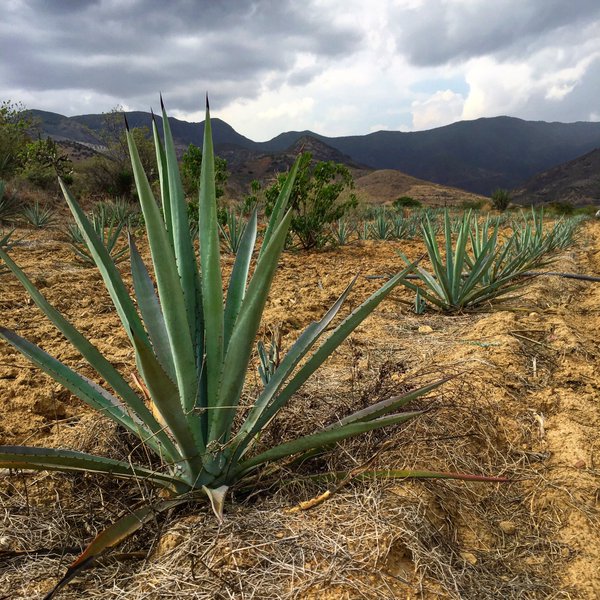Photo courtesy of GorissenM.
It’s Cinco de Mayo and across the United States, the margaritas are flowing. A proper margarita, of course, requires tequila. And a spirit can only be called tequila if it’s distilled from the sap of the Mexican blue agave, grown in the states of Jalisco or Nayarit. As with most cash crops, if you dig deep enough, you can find a good story about property rights and markets. In the case of tequila, we just need to go back fifteen years.
In 2001, The Economist reported that farmers in Mexico were guarding their blue agave plants “as if they were made of gold.” Night patrols guarded the crops at night, and at harvest time police escorted agave trucks to the distilleries. It was a standard economic tale illustrating supply and demand. Blue agave plants take at least eight years to mature. Such a long time between the planting and the return on the investment makes for especially vicious cycles of surplus and scarcity. Add property rights restrictions, market intervention, and some climate variability to the mix, and you’ve got a good PERC story about Cinco de Mayo’s key ingredient.
Back to that 2001 Economist piece:
Mexico’s old-fashioned land laws prevent the distilleries from owning farmland. Relations between the country’s agave growers and the tequila producers “have not been as brotherly as they could have been,” says Jose Angel Gonzalez, of the growers’ union. That lack of co-ordination has caused three or four supply shortages in the past four decades, he says. Poor farming methods, such as failing to rotate crops or use pesticides properly, have not helped either.
This time the shortage is acute, with production down by as much as half. A freak winter frost hit the Tequila area in 1997. Then a fungus attacked the weakened plants. Since an agave takes eight years to grow to maturity, the market will not return to balance quickly.
The shortage is especially painful because it began just as the industry was booming. Most tequila used to be cheap and rough, best swigged in one go. But in recent years distillers have taken their product upmarket. More refined brands have sold well, especially those of pure agave liquor, unblended with other alcohols. Too well, in fact: between 1995 and 1999, total tequila production nearly doubled, but that of the pure-agave varieties almost quadrupled. As a result, by 1999 the industry was using nearly three times as much agave as five years before.
Hence the tequila drought.
The solution to the drought? New forms of contracts, of course. In some instances, distillers signed purchase contracts and paid growers an up-front fee at the time of planting, providing the seed capital for the long-term investment required to grow agave for tequila. In other cases, the distillers simply leased the land to farm the agave on their own. Finding new ways to define property rights to land and crops allowed tequila entrepreneurs to meet market demand.
There was another hiccup in the agave supply chain in 2007 when the United States issued ethanol mandates. As corn prices skyrocketed, farmers torched their agave fields so they could cash in on the ethanol boom, leaving tequila companies high and dry.
Nowadays, says North Carolina State’s resident tequila scholar Sarah Bowen, the biggest tequila companies are nearly self-sufficient. Large distilleries now source 80 percent of their agave supply through contract farming, and some farm on their own lands. However, another Agave tequiliana shortage is predicted for 2018.
To meet the anticipated demand, entrepreneur-turned-farmer Mark Carlston is growing blue weber agave in California. The drought-tolerant succulent can be used to produce the popular sweetener, cattle feed, rope, and of course, an agave-based spirit. Can it be called tequila? No, it’s not grown in Jalisco or Nayarit. “Tequila will always be tequila,” Carlston told Vice. But with craft cocktails and distillers on the rise, Californians are bound to come up with something they can call their own.
Tonight, as you’re enjoying your margarita to commemorate the Battle of Puebla, you can toast the creative problem solvers who find new ways to define and allocate property rights. Be sure to tune in for Cinco de Mayo 2017, when we tie in our Native American research to explore the cultural traditions and economic drivers that gave rise to tequila and mezcal.
Update: This photo (below) of an agave farm in Oaxaca is submitted as evidence that distillery owners can now own farmland. We are grateful to cocktail expert and illustrator Dave Stolte for this dispatch from Mexico.





